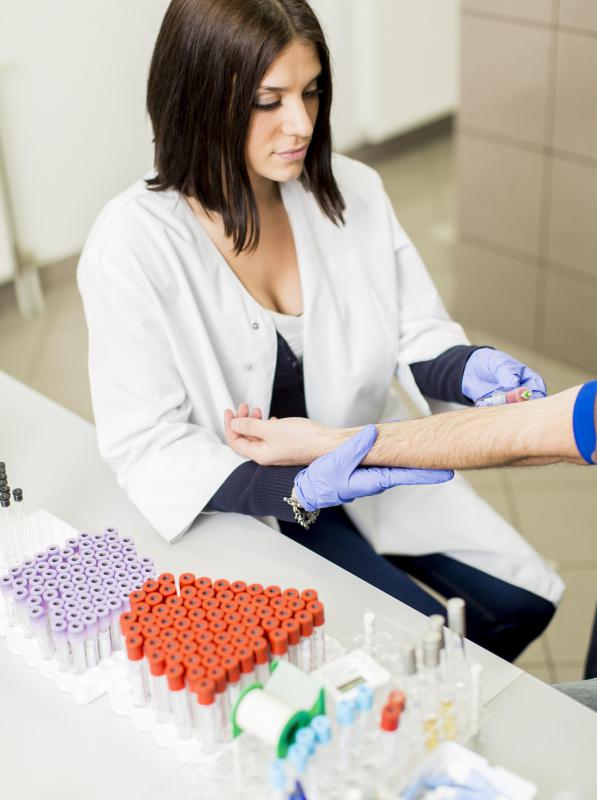At TheHealthBoard, we're committed to delivering accurate, trustworthy information. Our expert-authored content is rigorously fact-checked and sourced from credible authorities. Discover how we uphold the highest standards in providing you with reliable knowledge.
What Are Hematology Analyzers?
Hematology analyzers are computerized, highly specialized and automated machines that count the number of different kinds of white and red blood cells in a blood sample. The results they provide are collectively known as complete blood counts (CBCs) or complete blood count with differentiation of cells (CBCs with diff). Most current hematology analyzers provide red blood cell (RBC) counts, hemoglobin in RBCs, hematocrit levels, platelet counts, corpuscular data and counts of five different types of white blood cells. Some newer machines also measure numbers of two specialized cell types — immature white cells and nucleated red blood cells — that are necessary to confirm specific diagnoses.
The original hematology analyzers first appeared in the 1950s, but the truly functional and automated versions of these machines did not become available for two more decades. Before this time, cell counts were performed manually. A laboratory technician sat on a stool and viewed a slide marked with grids through a microscope, counting the cells with the use of a hand counter. Needless to say, no two cell counts were identical and the counts could also vary according to slide preparation or what portion of the blood sample was applied to the examined slide. Automated hematology analyzers have reduced this type of variability enormously.

Hematology analyzers count cells by one of three general cell flow cytometry techniques: the electrical impedance method, the light scatter method or the use of fluorescent dyes to differentiate cell types. Cell flow cytometry refers to the hematology analyzer's ability to classify a single cell based upon its particular size or shape or by its biochemical or antigenic composition. A blood cell's size or shape can be determined according to either the degree of electrical impedance it causes or the type of light scatter pattern it might demonstrate. Biochemical or antigenic properties are usually classified using fluorescent dyes. The final complete blood count laboratory result is then a result of a blood sample examined cell-by-cell as the blood is routed through the examination chamber.

Among the many remarkable advances in medical science in the last few decades, hematology analyzers have quietly revolutionized medical practice. Internal medicine, pediatrics and oncology are among the many specialties of medicine that require frequent, up-to-date and accurate CBC tests to determine if treatments are efficacious. It is now taken for granted that CBC tests can be ordered, the blood drawn and results available within the hour in facilities with an analyzer.
AS FEATURED ON:
AS FEATURED ON:
















Discuss this Article
Post your comments